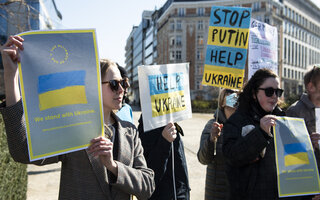Working Paper
Trade Liberalization along the Firm Size Distribution: The Case of the EU-South Korea FTA
Authors
Publication Date
JEL Classification
Key Words
Related Topics
International Trade
Globalization
European Union & Euro
How do firms of different sizes react to trade liberalization? Leading theories suggest that, amongst continuing exporters, lower trade costs should boost exports of smaller firms by the same or a greater rate than those of larger firms. However, studying the entry into force of the ambitious EU-South Korea Free Trade Agreement (EUKFTA) with French customs data, we find robust evidence to the contrary. Applying a triple-difference framework, we report that the FTA increased sales in the top quartile of continuous exporters by 71 percentage points more than in the bottom quartile. More than 90 percent of that growth premium is driven by a stronger effective reduction in broadly defined non-tariff barriers (NTBs); the remainder by a higher sensitivity to trade costs. These findings have implications for both heterogeneous firm trade models and for the capacity of FTAs to magnify inequality. In contrast, on the entry margins, our results are in line with the literature with the FTA selecting intermediate-sized firms into exporting to South Korea.







